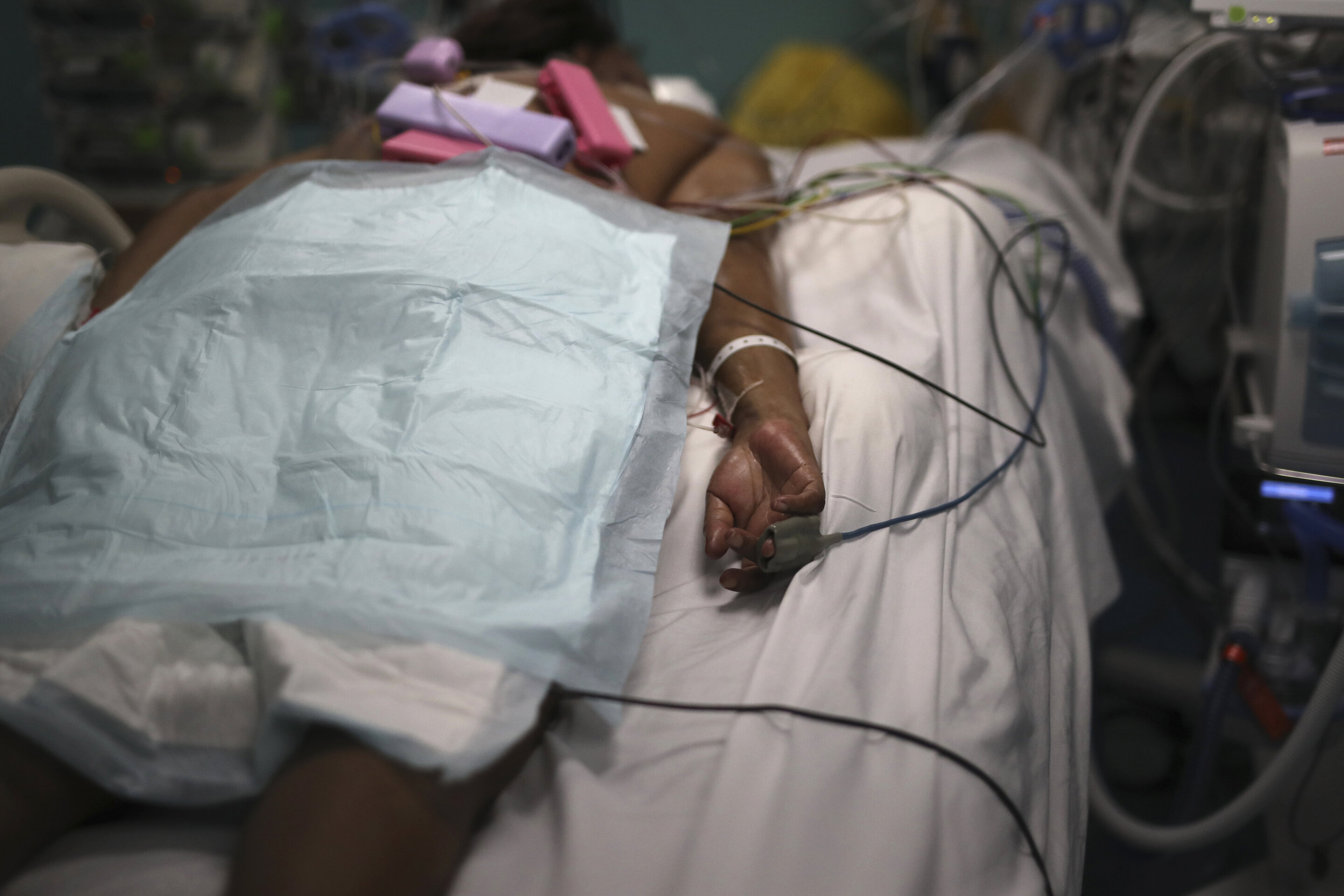#Q and A: Kidney stones and calcium

“#Q and A: Kidney stones and calcium”

DEAR MAYO CLINIC: I have trouble with kidney stones and recently found out they are calcium oxalate stones. While I have stopped consuming all dairy products, I know that I need calcium as I age for bone health. Would adding in almond milk or another type of plant milk help? How do I take care of both my kidneys and bones?
ANSWER: It sounds like your concern about milk and other dairy products is that their calcium may spur the development of more kidney stones. But people who’ve had calcium oxalate kidney stones need a certain amount of calcium in their diets.
Although almond milk and other plant-based milks, such as soy milk, contain calcium, they also contain oxalate. People with a history of calcium oxalate stones often are cautioned to avoid oxalate-rich foods. Cow’s milk doesn’t have oxalate, but it has the calcium and many other beneficial nutrients that you need, so it is a good choice for you.
Kidney stones made of calcium oxalate form when urine contains more of these substances than the fluid in the urine can dilute. When that happens, the calcium and oxalate form crystals. At the same time, the urine may lack citrate, a substance that prevent the crystals from sticking together, creating an ideal environment for kidney stones to form.
It may seem to make sense that when calcium and oxalate make up the kidney stones that avoiding both should help. But calcium is a critical part of your diet. Your body needs it not only to keep your bones healthy, but also to regulate your blood pressure and aid in muscle function. Oxalate is a naturally occurring substance found in many foods. Some fruits and vegetables, as well as nuts and chocolate, have high oxalate levels. Your liver also produces oxalate.
A key for preventing growth of calcium oxalate stones is to get the right amount of calcium: 1,200 milligrams daily. If you have calcium-rich foods or beverages at each meal, you lower the amount of oxalate absorbed into your bloodstream, reducing your risk of new kidney stones.
For the best stone prevention, calcium should come from food. When you consider good sources of calcium, dairy products are high on the list. Check the Nutrition Facts label to find out how much calcium is in these and other beverages and foods. But if you are not consuming milk or yogurt at meals, talk to your health care provider about calcium supplements or pills.
In addition to getting the right amount of calcium, you can make other important changes to reduce your risk of calcium oxalate kidney stones. It’s important to drink plenty of water and other fluids. Drink about 8 to 10 ounces of liquid each hour you’re awake or at least 2 liters per day. The easiest way to know whether you’re drinking enough fluids is to look at your urine. It should be almost clear.
Another important change is to reduce your sodium intake. Excess dietary sodium leads to higher calcium levels in urine, increasing the risk of all calcium-based kidney stones. Aim for less than 2,000 milligrams of sodium per day. Read labels to know how much sodium is in the foods you eat and drink.
You also may need to cut down on foods rich in oxalate. Unfortunately, oxalate content is not listed on food labels. The highest amounts of oxalate are found in certain fruits, vegetables, and other plant foods, such as beans, nuts, and bran cereals or breads. Meats, eggs, dairy products, white rice and pasta are generally low in oxalate. If your health care provider recommends that you limit oxalate-rich foods, consider meeting with a dietitian to evaluate your diet.
Sugar and fat can raise the risk of developing kidney stones, so limiting these in your diet also will help. Finally, too much meat, chicken or fish can increase the likelihood of kidney stones. Limit these foods to no more than 3 ounces at your midday meal and 3 ounces at your evening meal.
For more information on diet changes that can lower your risk for kidney stones, talk to your health care provider or a dietitian. He or she can guide your dietary choices to reduce your risk of stones while still getting the nutrition you need.
—Katherine Zeratsky, R.D.N., Endocrinology/Nutrition, Mayo Clinic, Rochester, Minnesota
Quinn on Nutrition: Managing multiple nutrition conditions
2021 Mayo Clinic News Network. Distributed by Tribune Content Agency, LLC.
Citation:
Q and A: Kidney stones and calcium (2021, July 8)
retrieved 8 July 2021
from https://medicalxpress.com/news/2021-07-kidney-stones-calcium.html
This document is subject to copyright. Apart from any fair dealing for the purpose of private study or research, no
part may be reproduced without the written permission. The content is provided for information purposes only.
If you liked the article, do not forget to share it with your friends. Follow us on Google News too, click on the star and choose us from your favorites.
For forums sites go to Forum.BuradaBiliyorum.Com
If you want to read more Like this articles, you can visit our Science category.



